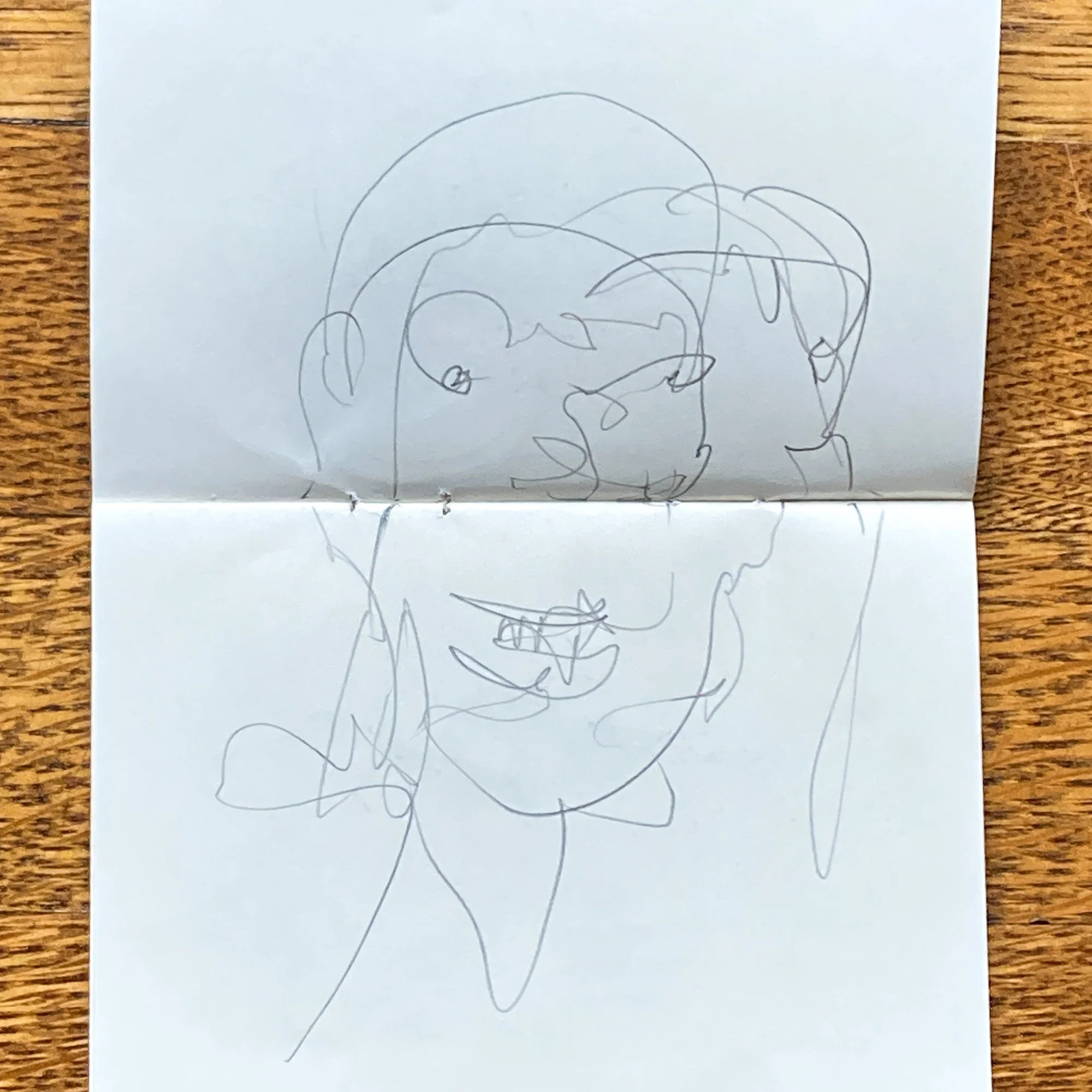Looking longer, seeing more
Last month, my 12-year old daughter Bridger and I went to New York to see some art. It was a chance for us to get out of Boulder, change our surroundings, and hopefully have those surroundings change us. Bridger has always loved art, and is always drawing, painting, and making stuff. I try to get to NYC each Fall to see art and get inspired, and thought it’d be fun for her to join me.
We only had a few days in NYC, and we didn’t want to waste time on our phones. We wanted to experience the city with our eyes and ears — not to have it filtered through lenses and screens. Bridger and I packed a few sketchbooks (one big, one small) and a few good pencils so that we could spend our time looking and drawing instead of zooming and shooting.
Having spent much of my life taking pictures, it was nice to put down the camera and pick up a pencil. But after spending a few days drawing, I was reminded how different it is. While walking around the city, we carried a small sketchbook that we passed back and forth while sitting on the subway or at cafes and restaurants. The drawings would sometimes be done from memory, of things we’d seen earlier. Other times, they’d be closer studies of something near us. Either way, these were meant to be playful little drawings that would only take a few minutes. Sometimes they were just to make each other laugh.








At first, I’d need to think back to what I’d seen earlier that day, to find something that stuck in my mind, and stood out above the rest. But after a few small-book drawing sessions, I started paying closer attention to the things I’d see while we walked around, and would file them away in my memory for a future drawing. Over a few days of doing this, the drawing became more fun. But walking and seeing became more fun too.
The hunting and gathering felt similar to searching for photographs, but drawing and photographing are very different. Cameras capture images in a very literal way, and can freeze an instant more reliably than our brains can. It’s a fixed, finite record that’s bounded by the laws of physics, optics, sensors, and pixels. On the other hand, drawings are completely untethered from reality — they are free to wander and shift and express in ways that photographs can’t. The drawing is free in a way that the photograph will never be.
As Henri Cartier-Bresson said, “Photography is an immediate reaction, drawing is a meditation.”
One afternoon, Bridger and I went to Gramercy Park to draw. After walking around the beautiful little park for a bit, we settled on a nice spot that had layers of complexity and visual interest. I was reminded of David Hockney’s drawings of his property in the South of France. Hockney is so good at drawing what he feels. His superpower is that he can make a beautiful drawing of almost anything that’s in front of him long enough for him to draw it.
Sitting there in Gramercy Park with Bridger, I tried to channel Hockney’s ability to transform something from ordinary to extraordinary. The longer I sat and drew, the more I noticed. It was endless. Suddenly I felt that could easily spend days, weeks, months, just drawing this one spot. After a few hours, we had just scratched the surface. But I felt like I understood this particular place in a way that just wouldn’t be possible through photography. I was looking at things in a new way, which is the basis for inspiration.
In past trips to New York, I’ve found inspiration in the museums and galleries. This time, I found it in a sketchbook, while sitting in the park.




